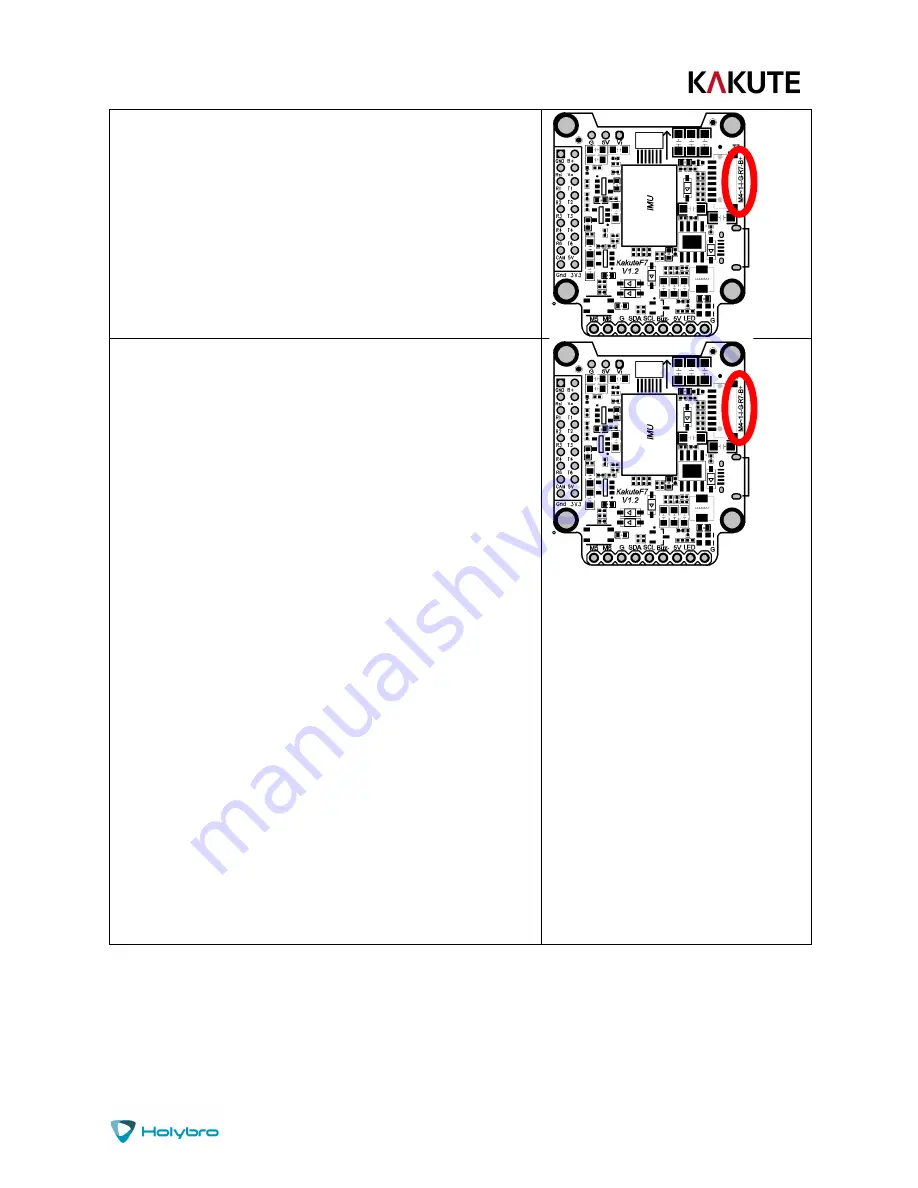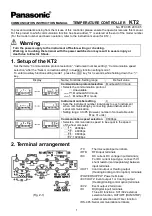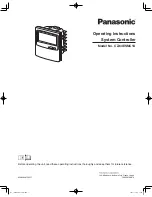
P a g e
|
9
Kakute F7
Some ESCs support a feature called ESC Telemetry. This
feature allows the ESC to report data such as motor RPM and
amps being used by the ESC back to the flight controller.
Since the Kakute F7 does not have a built-in PDB, it cannot
measure current directly, and it can take advantage of this
feature.
If your ESCs support telemetry, and if you intend to use it,
then solder each of the ESC telemetry wires to the R7 pad
that is in the plug header. The Kakute F7 comes with a plug
that fits into this header.
Connect the ESC signal wires to the M1, M2, M3, and M4
wires coming out of the plug header. The Kakute F7 comes
with a plug that fits into this header. The motor outputs are
numbered M4 (closest to the USB port), then 3, 2, 1 (farthest
from the USB port).
It’s important to connect these wires to the correct motor on
your quadcopter. In Betaflight and Cleanflight, the motors are
numbered:
1 – Back Right
2 – Front Right
3 – Back Left
4 – Front Left
The signal wire is a thin wire, typically yellow or white. It’s
usually connected to the same side of the ESC as the power
wires.
Since the Kakute F7 comes with a pre-wired plug, you will
need to connect the wires from the Kakute to the wires from
your ESCs. Alternatively, you might de-solder the signal wires
from your ESCs and solder the Kakute wires directly to the
ESCs.
Some ESCs have a signal ground wire and some ESCs don’t. If
your ESC has a thin black wire that is twisted with the signal
wire, that is the signal ground. Since the Kakute does not
have signal ground pads, we suggest cutting the ground wire
off your ESCs or desoldering it.












































